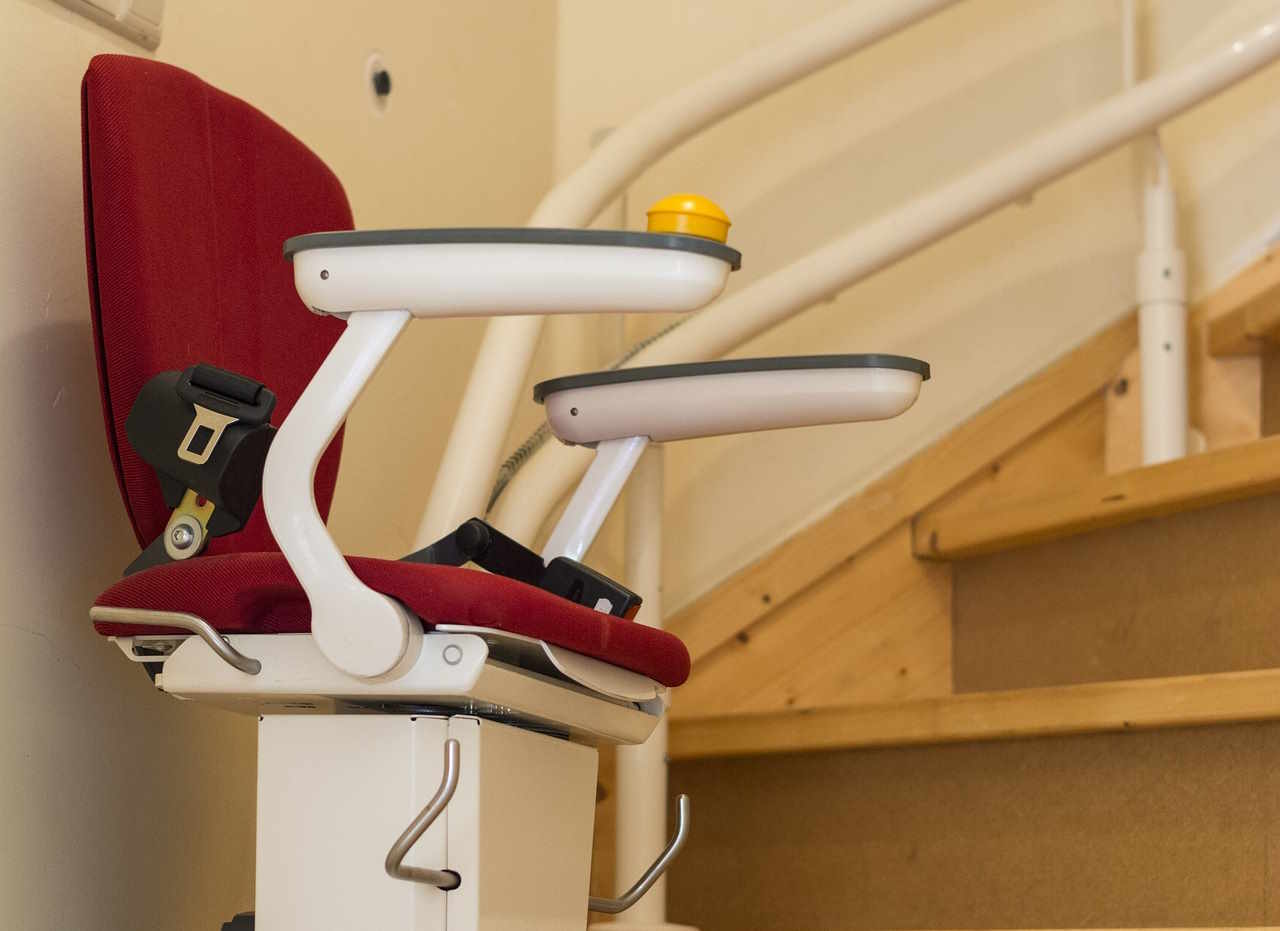Stairlift Grants UK – Article Pointers (2025 Edition)
Stairlifts can transform daily life for individuals with mobility challenges, but the cost often presents a significant barrier. In the UK, various grant schemes and funding options exist to help eligible residents access these essential mobility aids. Understanding the application process, eligibility requirements, and available funding sources can make the difference between struggling with stairs and regaining independence in your own home.

Navigating stairs becomes increasingly challenging for many UK residents due to age, disability, or medical conditions. Stairlifts offer a practical solution, but their cost can be prohibitive for many households. Fortunately, several grant schemes and funding opportunities exist across the UK to help eligible individuals access these life-changing mobility aids.
Main Types of Stairlift Grants in the UK
The UK offers several funding pathways for stairlift installation. Local authority Disabled Facilities Grants (DFG) represent the primary source of funding, providing up to £30,000 in England and varying amounts across Wales, Scotland, and Northern Ireland. These grants specifically target essential home adaptations that enable disabled individuals to live independently.
Charitable organizations also provide significant support. The British Red Cross, Motability, and various disability-specific charities offer grants for mobility equipment. Some focus on particular conditions, such as Multiple Sclerosis Society grants for MS sufferers, while others serve broader demographics like elderly residents or veterans.
Additionally, NHS funding may be available through occupational therapy assessments, particularly when medical professionals determine that a stairlift is essential for health and safety reasons.
Eligibility Criteria
Eligibility requirements vary between funding sources but generally center on demonstrating genuine need and financial circumstances. For Disabled Facilities Grants, applicants must prove they have a disability that significantly impacts their ability to use stairs safely. This typically requires medical evidence or occupational therapy assessments.
Means testing forms a crucial component of most applications. Local authorities assess household income and savings, with those on benefits or low incomes receiving priority consideration. Some grants have upper income thresholds, while others operate on a sliding scale where partial funding may be available for moderate incomes.
Property ownership or tenancy status also affects eligibility. Owner-occupiers generally qualify more easily, while tenants may need landlord consent and face additional documentation requirements. The property must be the applicant’s main residence, and some schemes require minimum residency periods.
How to Apply for a Stairlift Grant
The application process typically begins with contacting your local authority’s social services or housing department. They can arrange an occupational therapy assessment to evaluate your needs and determine whether a stairlift represents the most appropriate solution.
Gather essential documentation before applying, including medical evidence of your condition, proof of income and benefits, property ownership documents, and quotes from approved stairlift suppliers. Many local authorities maintain lists of approved contractors who understand grant requirements and can provide compliant installations.
Submit applications through the designated local authority channels, often online portals or specific department offices. Processing times vary significantly between authorities, ranging from several weeks to several months. During this period, maintain communication with case workers and promptly provide any additional information requested.
Consider applying to multiple funding sources simultaneously, as combining grants from different organizations may cover the full cost. However, declare all applications to avoid duplication issues.
Average Costs and Grant Coverage
Understanding stairlift costs helps in planning and grant applications. Straight stairlifts typically cost between £2,000-£5,000, while curved stairlifts range from £8,000-£15,000 depending on complexity. Outdoor stairlifts generally cost £4,000-£8,000.
| Stairlift Type | Cost Range | Typical Grant Coverage | Popular Suppliers |
|---|---|---|---|
| Straight Indoor | £2,000-£5,000 | Up to 100% with DFG | Stannah, Acorn, Handicare |
| Curved Indoor | £8,000-£15,000 | Up to £30,000 with DFG | Stannah, ThyssenKrupp, Handicare |
| Outdoor | £4,000-£8,000 | Varies by authority | Acorn, Stannah, Platinum |
| Reconditioned | £1,500-£3,500 | Often fully covered | Local suppliers, charities |
Prices, rates, or cost estimates mentioned in this article are based on the latest available information but may change over time. Independent research is advised before making financial decisions.
Grant coverage varies considerably based on individual circumstances and local authority policies. Disabled Facilities Grants can cover the full cost for eligible applicants, while charitable grants may provide partial funding requiring additional sources. Some authorities offer interest-free loans for amounts exceeding grant limits.
Installation typically takes one to three days for straight stairlifts and up to a week for complex curved systems. Most grant-funded installations include warranties and maintenance agreements, ensuring long-term reliability and safety.
Successful grant applications require patience, thorough documentation, and often multiple funding sources. However, the investment in time and effort can result in significantly improved quality of life and continued independence in your own home. Consider seeking advice from disability organizations or occupational therapists who can guide you through the process and identify the most suitable funding options for your specific circumstances.




